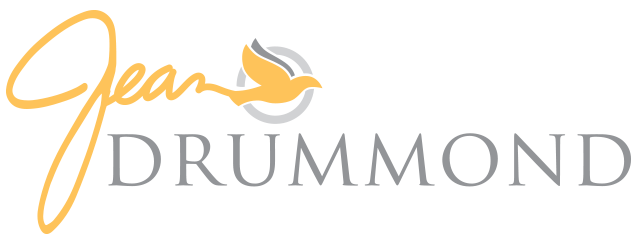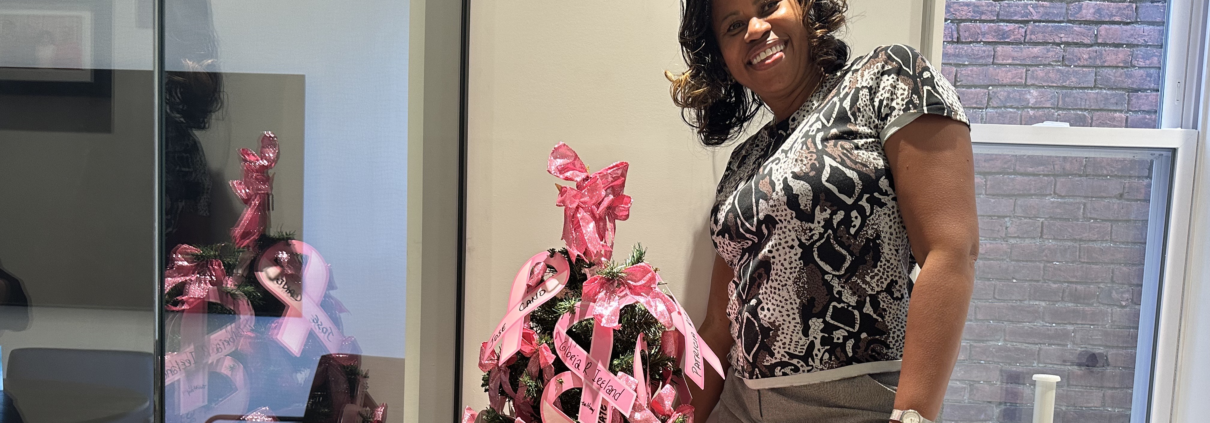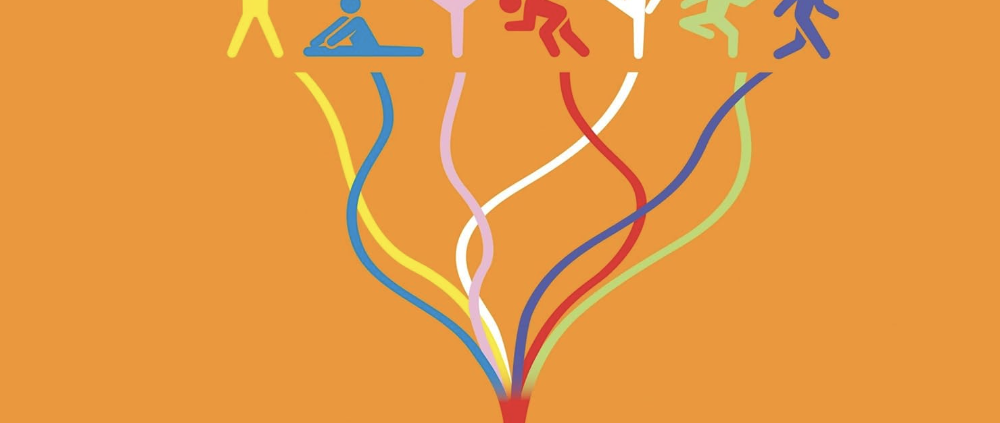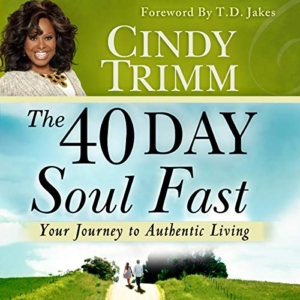How-To: Empower Your Health with At-Home Breast Exams
October is a month of vibrant leaves, cozy sweaters, and the unmistakable pink ribbon that adorns countless lapels and storefronts. It’s Breast Cancer Awareness Month, a time dedicated to raising awareness, supporting those affected by breast cancer, and encouraging early detection. As a former clinician for nearly a decade, I understand the significance of taking charge of your own health, which brings me to a crucial topic of breast cancer awareness: the at-home breast exam.
But before we dive into the “how,” let’s take a moment to reflect on the “why.” Breast cancer touches lives in profound ways, and I’ve witnessed this firsthand within my own family. Several of my aunts and cousins have faced the battle against breast cancer, emerging as overcomers through their strength, determination, and early detection.
To me, an at-home breast exam is not just a routine; it’s a commitment to one’s own well-being. It may seem like a small moment of discomfort, but it has the potential to safeguard a lifetime of joy. Early detection can make a world of difference in trea tment outcomes and survival rates.
tment outcomes and survival rates.
Now, let’s talk about how to perform an at-home breast exam. It’s a simple yet powerful self-assessment that can empower you in taking control of your health that should be performed regularly. Here’s a step-by-step guide:
STEP ONE: PREPARATION
- Find a quiet, well-lit space where you can comfortably stand or sit.
- Have a mirror handy to observe any visual changes.
STEP TWO: VISUAL INSPECTION
- Begin by undressing from the waist up.
- Stand in front of the mirror with your arms at your sides.
- Examine your breasts for any changes in size, shape, or skin texture.
- Check for any dimpling, puckering, or redness.
- Raise your arms and look for the same changes from different angles.
STEP THREE: PALPITATION
- Now, it’s time for the tactile examination. Lie down on a flat surface, such as your bed.
- Use the pads of your fingers, not the tips, to feel for lumps or unusual changes.
- Start with your right breast. Using your left hand, move your fingers in a circular motion, working your way from the outside in.
- Gradually increase the pressure as you go deeper, but be gentle. You’re looking for any abnormalities.
- Pay special attention to the area around the nipple.
- Repeat the process on your left breast using your right hand.
STEP FOUR: EXAMINE THE ARMPITS
- Don’t forget to check your armpits for any lumps or tender areas.
It’s important to remember that breast tissue extends into the armpit region, so checking this area is equally significant.
Breast cancer doesn’t discriminate, affecting women of all backgrounds. However, it’s worth noting that disparities exist in its incidence and outcomes. According to the Susan G. Komen Foundation, the highest incidence of new breast cancer cases overall is found among Non-Hispanic white women and Non-Hispanic Black women.
Furthermore, The American Cancer Society reports that Black women are twice as likely to be diagnosed with triple-negative breast cancer than White women. They are also 30% more likely to die from these tumors due to lower rates of surgery and chemotherapy. Additionally, there is a higher incidence of inflammatory breast cancer, an aggressive but uncommon type of breast cancer.
Knowing your risk factors and being proactive about your health is crucial. So, as you perform your at-home breast exam this Breast Cancer Awareness Month, remember that it’s not just about self-examination; it’s about self-empowerment. You hold the key to your health in your own hands.
I encourage you to share this information with your loved ones, friends, and colleagues, and together, let’s support one another on the path to health and well-being. Early detection and awareness can save lives, and it all starts with a simple at-home breast exam.
Stay informed. Stay empowered. Stay healthy.




 Guide to Building a Healthy Life on a Foundation of Faith
Guide to Building a Healthy Life on a Foundation of Faith  ustin Current
ustin Current